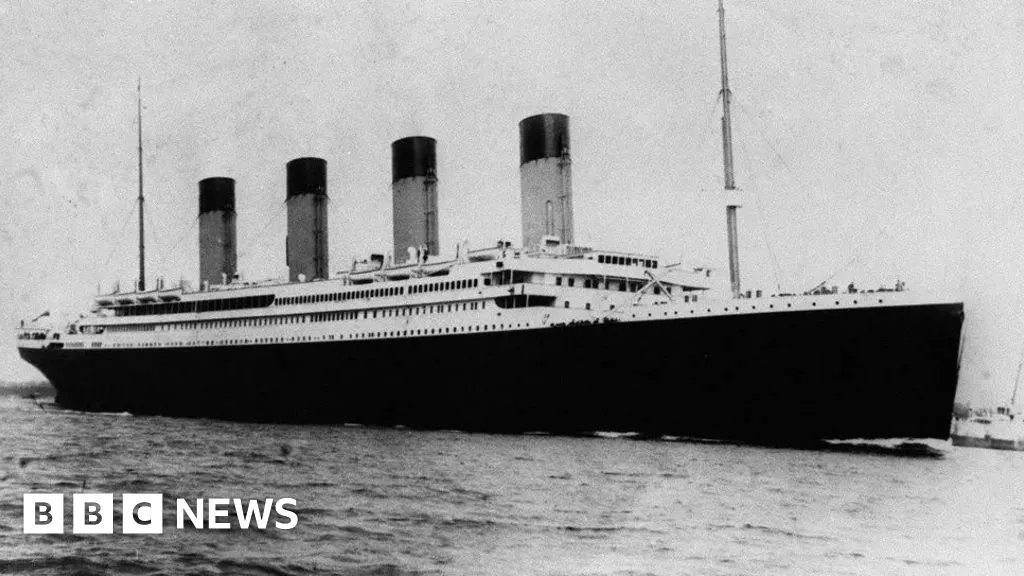Not long after midnight on 1 September 1985, the Atlantic Ocean finally revealed a secret it had kept for 73 years.
The resting place of the RMS Titanic.
Forty years on from the discovery of the wreck, the disaster is still remembered in communities affected by it across the UK, the USA and beyond.
The landlocked county of Northamptonshire, for instance, lost a squash player, two shoemakers - and a man who seemingly did not exist.
One of the first places to flood after the Titanic encountered an iceberg on 14 April 1912 was its squash court - deep within the ship's G deck.
In charge of this first class facility was Frederick Wright, born in Great Billing near Northampton in 1888.
For the sum of two shillings, he would offer a half-hour training session on the court.
Jim Zug, a sports journalist in Philadelphia, said: "He was a pro on another ship before the Titanic for a year, and he called himself a squash professional.
"At that time, squash was considered an elite sport, an exclusive sport."
Col Archibald Gracie, who survived the sinking, recorded in his book about the disaster that he had met Wright shortly after the ship hit the iceberg and joked that they would have to cancel the squash game Gracie had booked for the following day.
Wright replied: "Yes, we better".
"That line is the last record we have of Frederick Wright."
A racquetball tournament in Frederick Wright's name will be introduced at the Cornhill Squash Club in Pattishall, Northamptonshire, next year.
Two young friends from Wollaston near Wellingborough also perished in the disaster.
George Patchett, who was born in 1892, got his brother William, who lived in Canada, to get jobs in Ontario for himself and his friend, John Garfirth.
Garfirth, who was born in 1888, was a member of the Wollaston church choir and helped to run its scout group.
Together, they boarded the Titanic for a new life, with Patchett sending his worried mother a card which said "Too busy to write...".
His mother had seen a photo of the ship and begged Patchett not to sail on it because it was "too big".
Alongside the names of Patchett and Garfirth on the list of third class passengers is Charles Franklin.
But there is no record of anyone called Charles Franklin actually boarding the ship at Southampton.
The man who paid £7 5d for his ticket was, in fact, Charles Fardon, who was born in Daventry in 1866.
Although his family lived in Wellingborough at the time of the 1871 census, Fardon spent some time staying with his grandparents in Daventry.
He married Sophia Turnell in Daventry in 1896 and settled in Wellingborough, where they had a child.
It is not clear why Fardon used a false name when he booked his passage, but it is known that his wife had lost her sight by 1911.
It has been suggested that he was unable to cope with his wife's blindness and decided that his only option was to escape, but it is unlikely the truth will ever be known.
Despite the discovery of the wreck 40 years ago, there are still many questions that remain unanswered about the Titanic and those who sailed in her.
